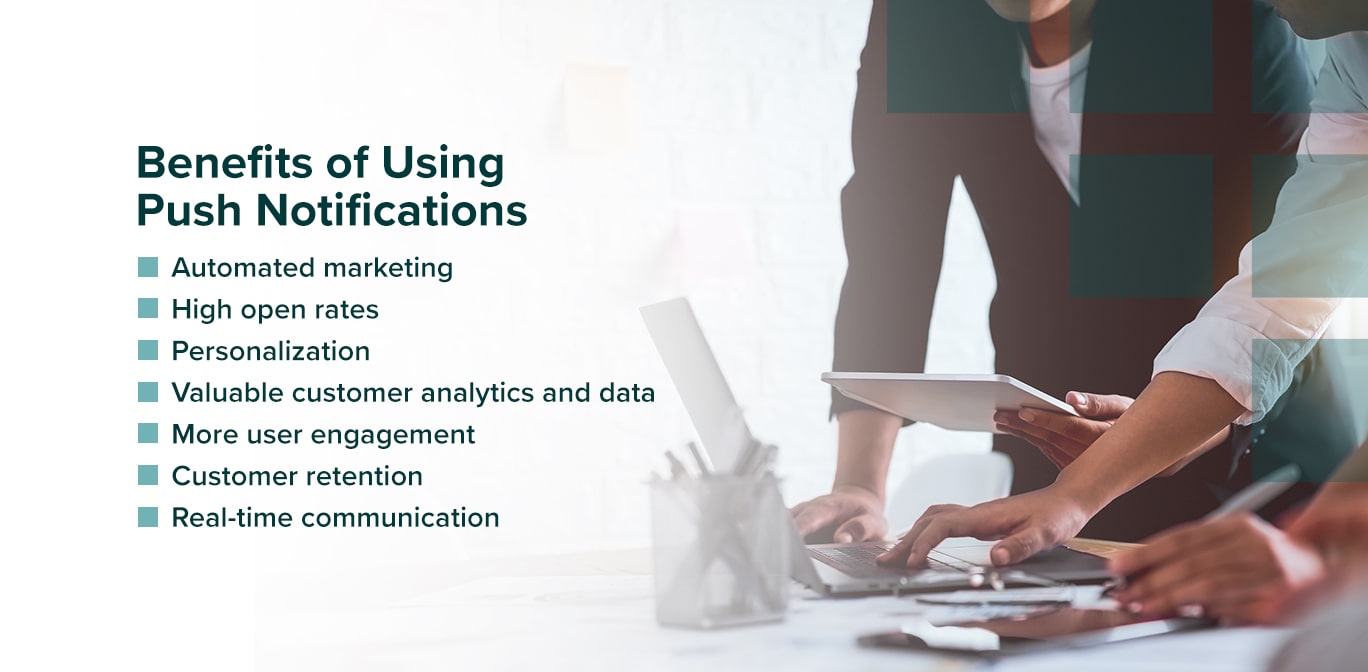The other day, I left my phone at home while I went out to run errands. I had to go to the grocery store (who am I kidding, it was Target) and stop by the bank. I would be gone less than two hours until I realized the error of my ways when I arrived at the store to pull up my list…and the list was on my phone…and my phone was at home. How does anyone shop without a list? Needless to say, I bought a lot of things I probably didn’t need because my beloved phone was MIA.
Imagine a day without your mobile device. The slow trickle of texts, collected missed calls, repeated missed emails and mobile alerts. Does the thought stress you out? (*deep breath*)
Americans check their smartphones a whopping 344 times per day. That’s once every 4 minutes, and 30 times I had FOMO from leaving my phone at home.
Most people rely on these little handheld devices to navigate daily life, using them to search for information (What does the weather look like this weekend?) and solutions to their problems (How do I unclog my sink?). Almost two-thirds of U.S. households are mobile only, meaning a majority opt for their iPhone/Android over a personal computer to accomplish habitual internet tasks. In fact, in Q4 2022, smartphones generated 59% of the worldwide internet traffic. There’s no question that mobile phones are a central source for engagement spanning web, email, app and text. But aside from the smartphones themselves, push notifications have become a ubiquitous part of the mobile experience.
What Are Push Notifications?
Push notifications are messages that pop up on a device—usually on smartphones and tablets, sometimes web-based. Push notifications resemble text alerts based on applications a customer has on their device. Typically, they supply a simple call to action or informative piece of relevant detail for that specific customer. They provide a direct line of communication between businesses and their customers, enabling them to deliver timely and relevant messages that can enhance the customer experience (CX).
Push notifications are easy to accomplish, easy for the customer, easy for everyone.
However, not all push notifications are created equal.
Types of Push Notifications
Here are the main push notification formats brands can use to engage with their customers:
- Mobile app: Mobile push notifications require the user to have your brand’s application downloaded on their device.
- Web: A web push notification is delivered via the internet browser on the user’s device.
- Desktop: Similar to mobile apps, these push notifications require the customer to have downloaded your brand’s application on their computer before you can deliver them to the user’s desktop.
Benefits of Using Push Notifications
Even if your brand is already using various other digital channels to connect with customers, the distinct benefits of push notifications make them a valuable channel to add to your mix. Key advantages of using push notifications include:
- Automated marketing: Push notifications are a great way to automate your marketing messages, keeping your business top of mind among your customers while using less effort.
- High open rates: Because push notifications are delivered directly to the user, they don’t have to open an application or website to view the message, which may boost your open rates.
- Personalization: Businesses can use personalization to make their push notifications more inviting and special. For example, including the recipient’s name in your notification can more effectively grab their attention and make them feel more meaningful
- Valuable customer analytics and data: Push notifications offer brands valuable insights into their customers’ behaviors that they can use to inform their decision-making and future content strategies.
- More user engagement: Your business can use its notifications to prompt the customer to take action and engage with your offers by providing a direct link to your website or app.
- Customer retention: Push notifications allow brands to continue connecting with customers beyond their initial interactions and purchases.
- Real-time communication: Push notifications carry a sense of immediacy. Use them to share current promotions and updates with your customers as they happen.
Where Push Notifications Fall Short Today
We’ve all received push notifications that leave us scratching our heads (“Why did they think I wanted this?”). There are so many ways push notifications can go wrong, like when they are:
- Too frequent – Sending too many notifications is one of the most common mistakes businesses make. Customers are likely to disable push notifications if they receive too many of them, backfiring on your CX strategy.
- Irrelevant – Another common error is sending notifications that are not personalized nor contextually relevant. For example, if a customer receives another credit card offer after they’ve just activated a new card, they are likely to ignore it or turn off notifications altogether.
- Vague – When notifications don’t provide any context or information, customers see it as digital noise (“What do you want from me?”). If you’re going to send a push notification, make sure it’s clear what the notification is about and why.
- Spammy – Batching and blasting customers with the same (or even conflicting) messages at random times is another costly mistake that leaves the customer feeling like a number.
This begs the question, what do customers want when it comes to push notifications?
Shift Push Notifications to Value-Driven Interactions
Businesses must lean into how customers depend on their devices and meet customers where they want to be: everywhere!
Additionally, today customers expect companies to know them—and how they are interacting with the brand. Customers switch between smartphones, desktops/laptops and tablets within the hour, and they expect a uniform experience across devices. For instance, when a customer starts a loan application on their smartphone and decides to finish it on their desktop, they don’t want to start over with a blank form.
To be considered effective, a push notification should be:
- Contextual – Notifications that are personalized, as well as clear and concise, make it easy to build 1:1 relationships with customers that lead to long-term loyalty.
- Timely – Timing is everything when it comes to push notifications. Sending notifications at the perfect time can make all the difference, especially when sent in real time to nudge the customer along a journey. For example, when a customer receives a proactive push notification informing them a financial advisor will reach out within 12 hours, they won’t see the need to call the contact center to inquire about their wealth management plan.
- Relevant – The key to a successful push notification strategy is relevance. Sending notifications that are pertinent to the customer’s interests, preferences and behavior is essential to pique engagement.
These communications are imperative to delivering a seamless customer experience. As executives consider an omnichannel approach to communications, all interconnected mobile channels (SMS, MMS, voice, email and push notifications) need to be flexible and intuitively layered together for simple interactions.
Best Practices to Make the Most out of Mobile
Customers are “always on,” and inherently always available—that is, to a relevant message from the right brand at the perfect moment. Beyond sending just a simple text message or email notification, mobile engagement should aim to progress the customer journey between a brand and customer, solidifying customer loyalty. To improve customer engagement and experience, create a series of touchpoints tailored to a customer’s unique needs and preferences through their mobile device. Customers don’t need to have a mobile application open to view updates and alerts—rather push notifications are served to right them. Given the ease of use, the channel has applicability across every industry:
- Fraud alerts — Suspicious credit charges or fraudulent activity are immediately flagged for review by the customer, giving financial peace of mind no matter where they are or what they are doing
- Medical appointment reminders and confirmations — Convenient appointment reminders and calendar reminders a customer can save to their device, creating painless patient engagement and satisfaction
- Outage notifications — Proactively alert customers of outages in their internet/cable/utilities service, including status updates to keep them informed, saving them time and headaches
- Cart abandonment follow ups — Gentle reminders that drive consumers back to the checkout process, ensuring they don’t miss out on a personalized shopping deal or special offer
Related eBook: How To Break Through the Notification Noise to Drive Customer Engagement
CSG Xponent Engagement Channels help deliver a consistent, unified experience to each customer, in every digital interaction, by connecting communication channels. CSG’s communication channels include personalized emails, SMS with two-way engagement, MMS, voice, push notifications and conversational AI. This omnichannel communication engages customers via their preferred mobile channel (including push notifications!) fulfilling how they wish to be engaged and in a timely manner, giving customers unfettered access to a brand, easy self-service and VIP-level personalization across their journeys.
Ready to push your notifications further with CSG?



